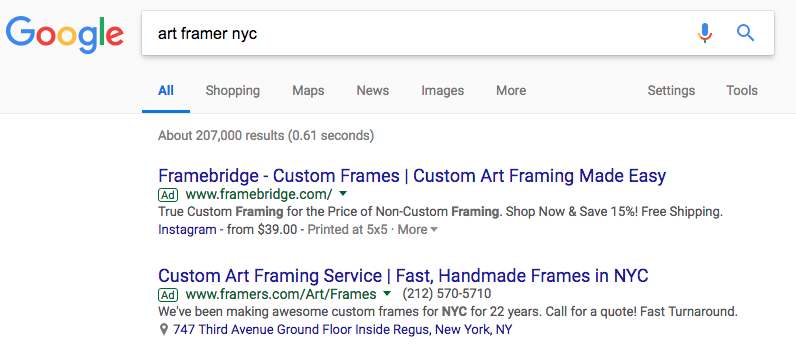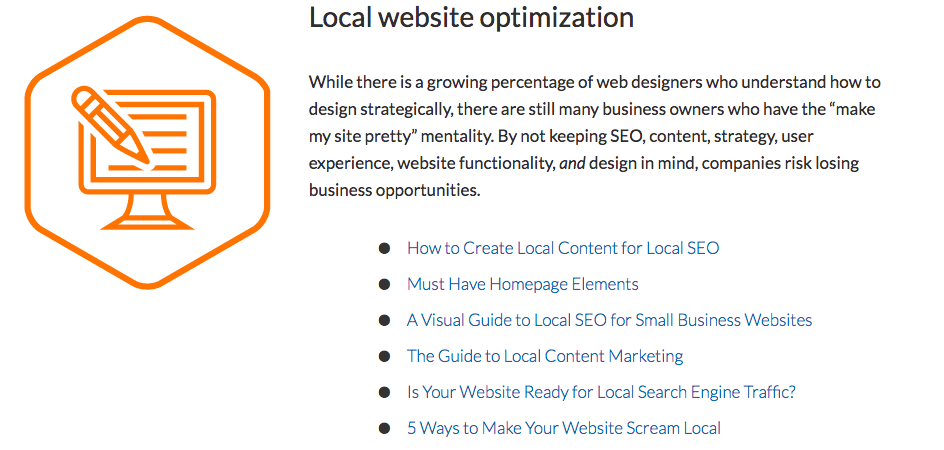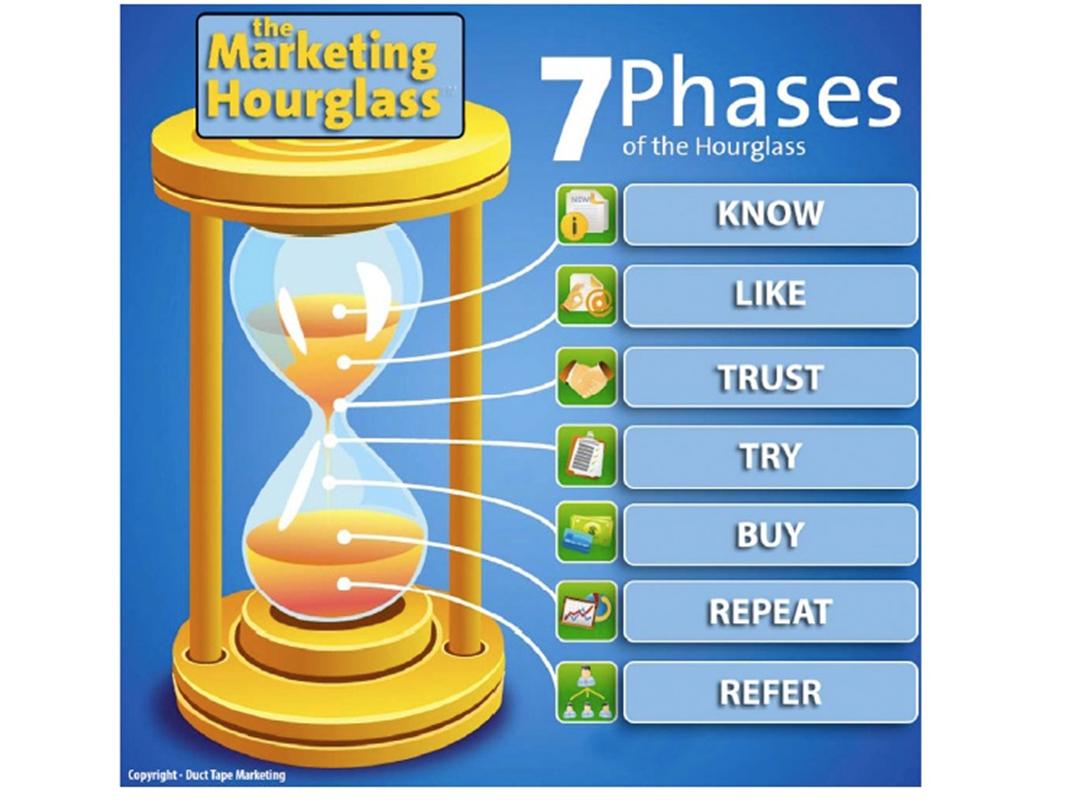How to Integrate Sales and Marketing to Grow Your Business written by John Jantsch read more at Duct Tape Marketing
It’s an age-old notion that marketing and sales teams don’t get along. Like rival football teams in a teen movie, the marketing team sees themselves as the heroes—creating forward-thinking ideas and campaigns that will open up a whole new world of potential clients and drive tremendous growth—while the sales team thinks what they’re doing is the real work—coaxing customers along, catering to their needs, closing the deal and actually bringing in revenue.
But just like in a great teen movie, the moral of the story here is that when the two teams can put aside their differences and work together, they can accomplish really amazing things for your business.
Creating harmony between sales and marketing might be easier said than done, but it is definitely possible. Here we take a look at some tips for integrating sales and marketing in a way that will lead to healthier revenue and happier teams.
Foster Friendship
It may seem obvious, but people will work better together if they know and like each other. Because there is typically a rivalry between sales and marketing teams, there’s a lot of value in bringing these two groups together. You can do it however you’d like: an informal lunch gathering in the office, an after-work excursion to a bowling alley, or an overnight offsite to a nearby hotel with hiking or fun outdoor activities.
No matter what your budget is, there are real, tangible benefits in bringing these teams together and creating a convivial environment. Happiness can lead to success in various aspects of life, and work is no exception. Happy employees are more engaged, productive, and do better work.
Not only does this productivity and engagement help your bottom line, it also makes being at work a more pleasant experience for all, and isn’t that a win-win?
Create an Inclusive Strategy
Once you’ve built a bridge between these two teams, you’ll want to share your comprehensive business strategy. This should be the grand, guiding vision for all employees in your company, including those on the sales and marketing teams.
Present this strategy to both teams together, and then open things up for discussion. How does their day to day work feed into the larger strategy? How can the sales and marketing teams collaborate to work towards achieving the business’s overarching goals? What are the strategies of the two teams, and then what are the tactics they’ll use to achieve results?
Getting these teams talking about how they fit into the larger picture can encourage them to think about collaboration not just as a nice to have, but as a must have in order to serve the business as a whole.
Encourage Communication
Now that you’ve got the teams talking, keep those lines of communication open, and create a clear system for the sales and marketing teams to transfer leads. Where in the marketing hourglass does it make the most sense to get the sales team involved?
Will all of the channels through which marketers can reach prospects nowadays, your marketing team has the know and like portion of the funnel covered. But things tend to get a little murky by trust and try.
Some people will be willing to take online reviews, social media posts, and offers like white papers or webinars as enough to convince them to become a customer. Others will need a bit more hand holding in the form of sales presentations, demos, or just someone to talk to before they commit.
You want to make sure that these prospects who are on the fence actually end up getting in touch with a sales person. They’re so close to converting, and if your sales team is responsive and provides them with just a little bit more personalized information, their business is yours.
This means you need to create clear internal processes for identifying these people and getting them in touch with the sales team quickly and efficiently. Consider establishing a channel on Slack or a similar messaging system so that the sales and marketing team can easily communicate. A shared inbox tool like FrontApp can also empower your team to see the interactions a prospect has already had with your company, and allow others in your organization to quickly and easily pick up where their colleagues left off.
A seamless transition between marketing and sales efforts will help to build trust on the prospect’s end, and is one of the factors that can help you close the deal.
Share The Data
Marketers are constantly collecting new data on how customers are interacting with the company and on how effective their marketing efforts are. Salespeople are in constant communication with customers, and have lots of real-world data they’re picking up from these interactions.
This means that sales and marketing teams should be sharing data to identify trends that can help both of them improve their respective approaches.
For example, if marketers are seeing that a particular call to action on the website is getting a lot of traction, they should share that data with the sales team. It means that something about that messaging is resonating with customers, and salespeople can tailor their approach to include that same messaging when speaking with clients or prospects.
Similarly, if the sales team is hearing the same feedback, good or bad, from a lot of clients, they should be sharing that with the marketing team. If customers are saying they’re unhappy with a specific product because it doesn’t do what they were expecting it to based on what they read on your website, that’s an issue with the marketing language.
Marketing teams are likely using Google Analytics or a similar tool to collect their data, while the sales team is probably using a CRM platform. Providing the each team with access to the other team’s data can allow them to understand the customer from a new perspective and (hopefully) improve their approach to their own work.
Reward Good Work
Sales teams have historically been rewarded for their work with incentives. This is part of what can feed into that classic marketing/sales rivalry. While the marketing team is attracting new prospects with their work, it’s the sales team that closes the deal and gets the glory (and the financial reward).
I’m not saying take away incentives from your sales team. There is an art to motivating salespeople, and it involves a different approach for your different tiers of workers; some are stars, while some are laggards, and they need to be handled differently.
What I am saying is that it’s helpful to incentivize your marketing team, too. But the approach here has to be different. It can’t be commissions based on sales; instead you should identify key performance indicators (KPIs) and create a bonus structure around them.
Something easily measurable, like traffic or visibility, is a good place to start. Create a bonus structure around site traffic that’s driven by marketing content, or provide a monetary reward when you hit a certain number of followers on a social media platform. From there, you can broaden out and consider other KPIs.
It is possible for the sales and marketing teams to put aside their differences, integrate their approaches, and live in harmony. And it’s imperative that small business owners and leadership do what they can to encourage open communication and collaboration across team lines. Not only will this make for happier teams, but it will also make for a healthier business.
 Distribution platforms will provide you with analytics, so you’re able to see which content is getting the most traction and can tailor your approach as you learn more about your audience. The greatest downside to these types of platforms is that the content still lives on the margins of web pages. Often located below the site’s content, they look like paid content, which may turn some potential readers off.
Distribution platforms will provide you with analytics, so you’re able to see which content is getting the most traction and can tailor your approach as you learn more about your audience. The greatest downside to these types of platforms is that the content still lives on the margins of web pages. Often located below the site’s content, they look like paid content, which may turn some potential readers off.

 Be unique – It should truly stand apart from the competition. Now, to truly be effective with this, you must have a deep
Be unique – It should truly stand apart from the competition. Now, to truly be effective with this, you must have a deep 